



The “Corrado Giaquinto” Metropolitan Art Gallery in Bari is relatively recent.
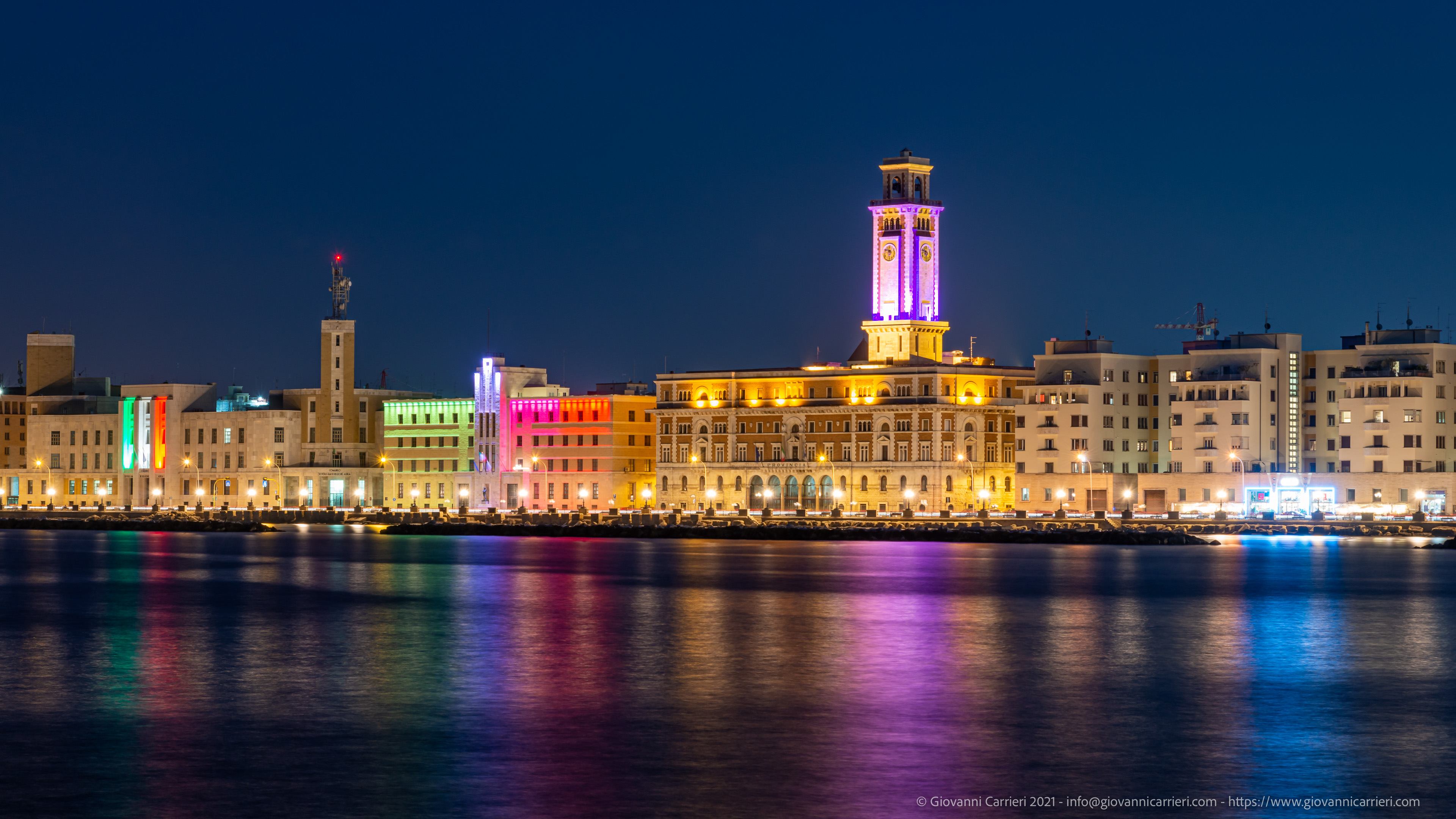
In fact, it was officially born, on July 12, 1928, from the confluence of the nucleus of paintings (received here following the suppression of the convents in the second half of the 19th century) already preserved in the Pinacoteca annexed to the Provincial Archaeological Museum built in 1875, of other paintings sold to title of deposit from Apulian churches and convents, of works obtained on loan from the National Galleries of Naples and Rome and others purchased by the Provincial Administration of Bari itself.
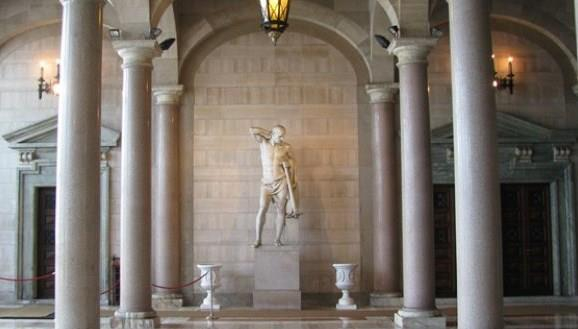
As it currently stands, the Pinacoteca provides extensive documentation of Apulian art - or in relation to Puglia - from the 11th to the 20th century.

The exhibited material includes: a medieval section (sculptures from the 11th-15th centuries, Apulian icons from the 12th-14th centuries); Venetian paintings from churches in the region (there are works by Antonio and Bartolomeo Vivarini, Giovanni Bellini, Paris Bordon, Paolo Veronese, Jacopo Tintoretto); Apulian paintings of the secc. XV-XVI (Tuccio d’Andria, Constantine of Monopoli, Andrea Bordone); Neapolitan or Neapolitan school paintings of the secc. XVI-XVIII (with works by Marco Pino, Paolo Finoglio, Master of Announcements, Andrea Vaccaro, Francesco Solimena, Lorenzo De Caro, Luca Giordano, Paolo de Matteis, Francesco De Mura, Giuseppe Bonito, Fedele Fischetti, Domenico Mondo); a precious nucleus of paintings by Giaquinto; a collection of 19th century paintings (with the prestigious presence of Giuseppe De Nittis, Francesco Netti, Domenico Morelli, Giovanni Boldini, Teofilo Patini, etc.).
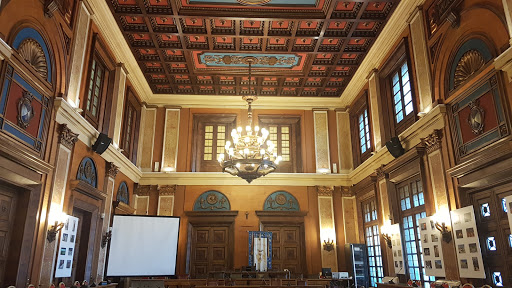
Noteworthy is the nucleus of majolica, mostly of Apulian production of the seventeenth and eighteenth centuries, which arrived in the Pinacoteca through the De Gemmis donation, which took place in 1957. A year later the large so-called Caleno nativity scene (from the name of the original owner) was donated. in about 500 "shepherds" - nativity scene which, although differing in chronology, materials, stylistic quality, still boasts specimens of great or very great value dating back to the 13th century. XVIII-XX.
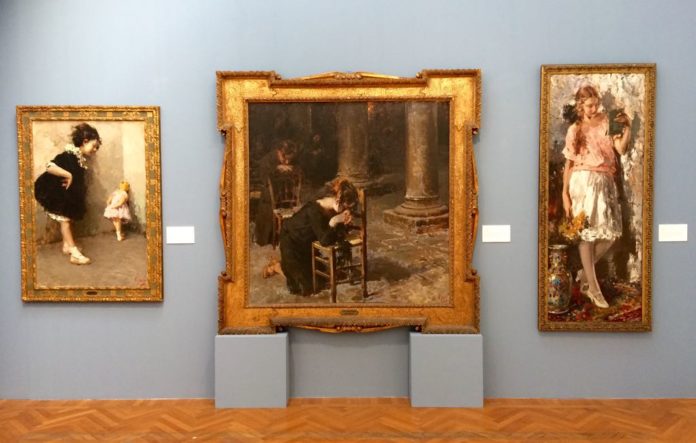
Grieco collection
In 1985 Luigi Grieco, Roman engineer by choice, but of Lucanian origin (Rionero in Vulture 1913-Rome 1985), donated his prestigious collection of paintings to the Pinacoteca Bari, fifty Italian paintings from the nineteenth to the early twentieth century, collected over the of the last thirty years. The main topic on which the patron's efforts have focused most is the Macchiaioli movement, in its multiplicity and variety of expression. In fact, the complete Tuscan group - only Adriano Cecioni is missing - is represented with twenty-four pieces, among which stand out authentic masterpieces such as the Viale alle Cascine and the extraordinary Return of the cavalry (1888) by Fattori, the precious Lettura di Lega, a version of 'Arno alla Casaccia di Abbati, a small, precious road in Ravenna by Signorini and the Women on the terrace of Banti, an exquisite small tablet. Following, after the Tuscans, the small group of southerners, all of the Neapolitan school. There are Filippo Palizzi with a rather unusual landscape, Giuseppe De Nittis with a lively scene of Parisian life, Michele Cammarano with an expressive male portrait, Gioacchino Toma, whose intimacy places him at certain moments in the vicinity of the Macchiaioli, with two works, and finally Antonio Mancini, a Roman of Neapolitan training, with his typical figure of a large-format woman.

The presence of the Venetian triad Guglielmo Ciardi, Giacomo Faretto, Luigi Nono, Antonio Fontanesi and Tranquillo Cremona, the latter represented with the watercolor In ascolto, complete the articulated documentation of the painting of the second half of the nineteenth century and at the same time testify to the preferences, the taste and personal culture of the collector, firmly anchored to a concept of figurative painting. This trend is particularly evident in the section of the twentieth century, Luigi Grieco's other field of interest; in the section, consisting of eleven works. Landscape painting prevails, introduced by Pellizza da Volpedo with an important pointillist work: Una via di Volpedo, from 1903, immediately followed by Angelo Morbelli with Garden corner from 1912. The paintings in this section are all of the highest level, from Landscape apuano by Lorenzo Viani, a rare work from the 1920s, in Burano by Filippo De Pisis, in Le montagne by Mario Sironi, in the melancholy Landscape (1942) by Giorgio Morandi, in dark colors, performed in Grizzana in the Bolognese Apennines. A similar atmosphere of restrained sadness can be perceived in Felice Casorati's Girl in the Armchair, a painting from 1939, particularly appreciated by the collector for its thoughtful chromatism.
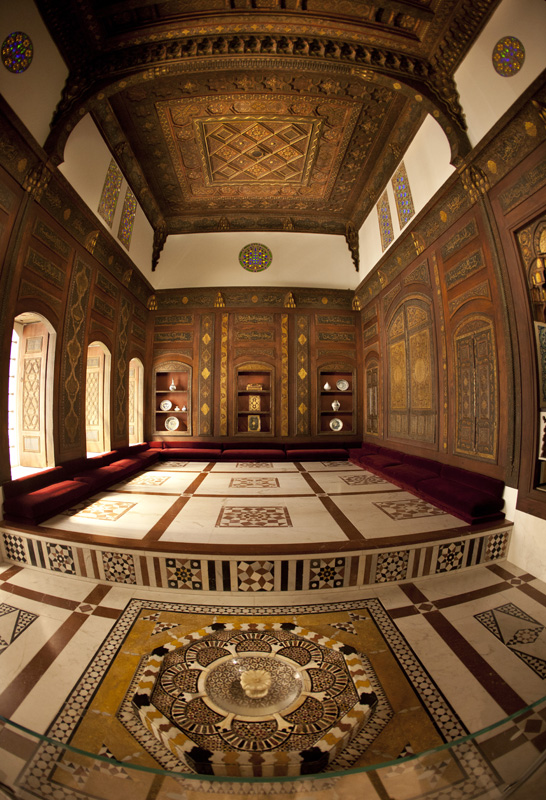
Giorgio De Chirico appears with a lively interpretation of one of his favorite themes, the Horses, formerly owned by the Museum of Modern Art in New York. Like a nice out-of-work from the Grieco collection, so rigorous and weighted in his choices, finally appears The Rattle by Armando Spadini, set in the beloved family world of the Florentine artist.
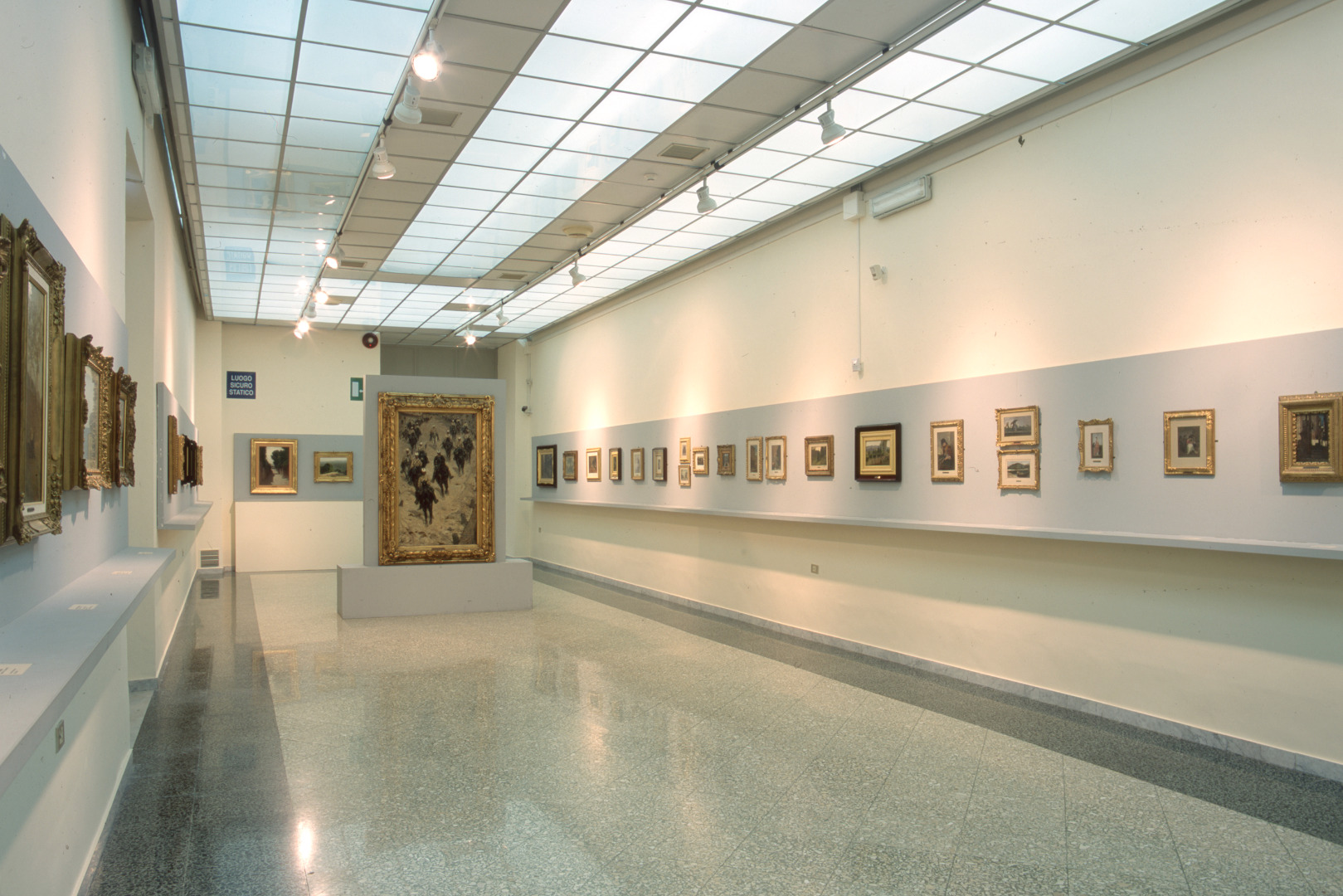
The art collection of the Banco di Napoli
The exhibition of a collection of twenty-three paintings by the Banco di Napoli in the Pinacoteca is the result of a ten-year renewable loan stipulated between the same Banco and the Provincial Administration of Bari on 9 September 2000. The collection does not constitute a homogeneous whole, neither from the point of chronological view or from the point of view of the cultural area to which the authors of the paintings belong, as evidenced by the contemporary presence of the small tablet by the Cameroonian Giovanni Boccardi, dating back to the eighth decade of the fifteenth century, together with later works such as the Holy Family with St. Giovannino di an unknown Lombard active in the third decade of the nineteenth century.
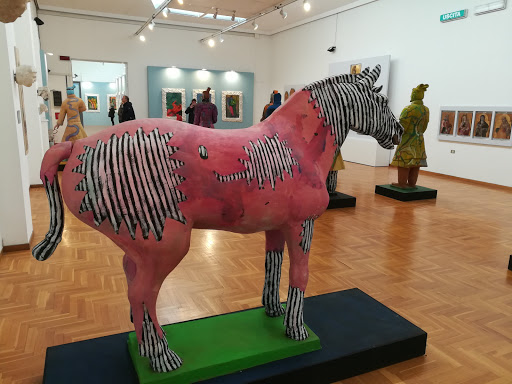
Nevertheless, a main nucleus can be identified consisting of Neapolitan works or works of presumable Neapolitan origin. Among these particularly interesting are the Christ carrying the cross, here attributed to an unknown Spanish-Flemish painter of the sixteenth century: a panel which constitutes an authentic discovery since, before the restoration work preceding the exhibition, it appeared completely unrecognizable due to of an almost total repainting; the two very fresh canvases returned to Salvator Rosa, the Immaculate Conception already attributed to Marulli, for which it is plausible to hypothesize a Lucanian provenance, The Rape of Proserpina, an important sumptuous canvas by Giacomo Farelli, also restored to better readability. The two large canvases of the Jordanian school are also Neapolitan, unfortunately irremediably compromised by an old, inadequate lining that has totally flattened the already dense chromatic material, and the five episodes of the Gerusalemme Liberata, the work of Angelo Mazzillo.
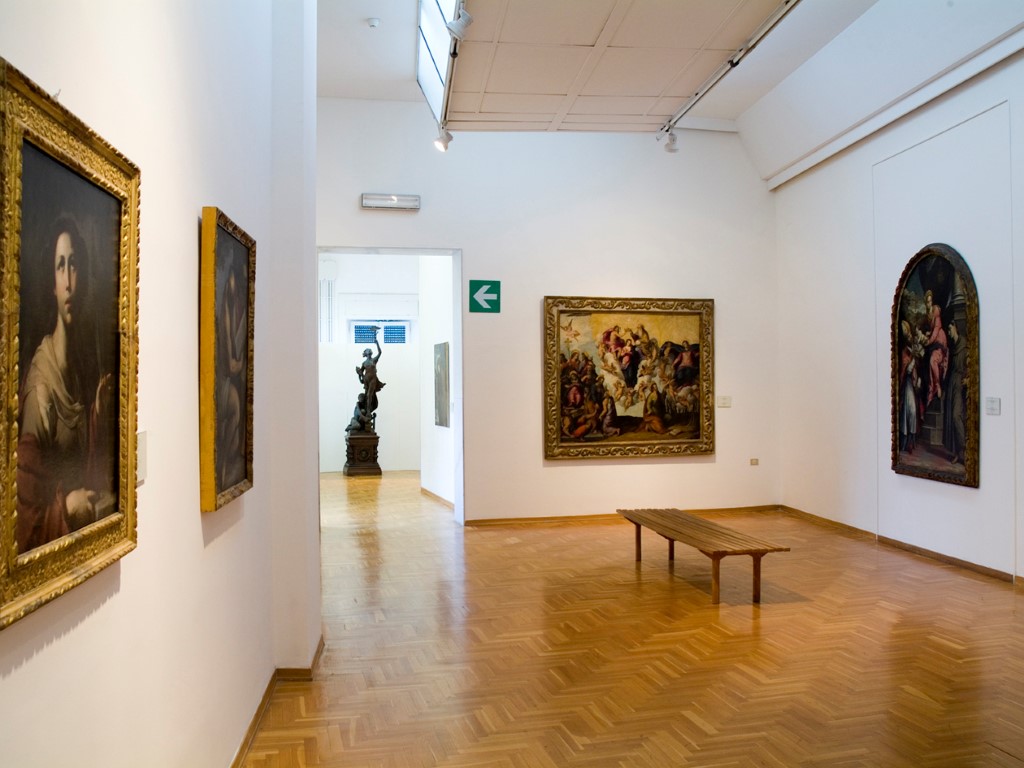
On the occasion of the restoration, the two canvases depicting the same number of still lifes, already authoritatively attributed to Gaspar Lopez, turned out to be "modern" works, even if perhaps unwittingly 'fakes', to the removal of the thick drink that completely obscured the surface.

However, we have chosen to exhibit them, because we believe that a discovery of this kind, if duly explained, has a strong didactic value for the non-expert public.
Corrado Giaquinto - Metropolitan Art Gallery in Bari - Virtual Tour 360°
Address: via Spalato,19/Lungomare Nazario Sauro, 27 (IV piano)
Phone: 0805412420
Site:
http://www.pinacotecabari.itLocation inserted by
CHO.earth